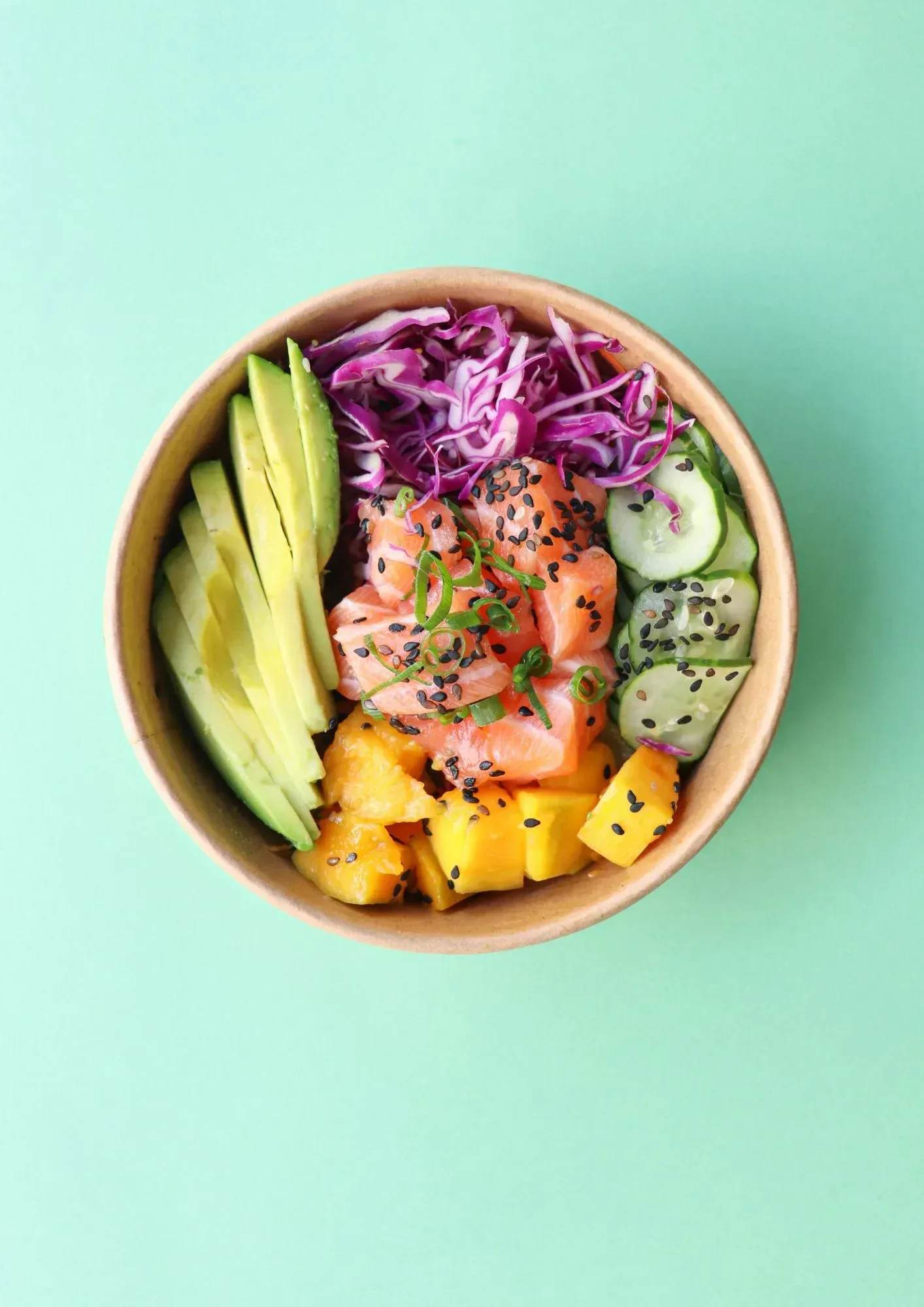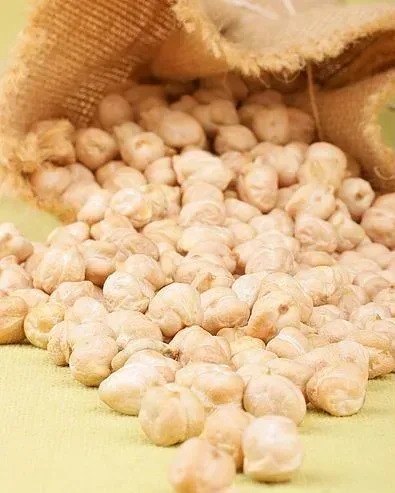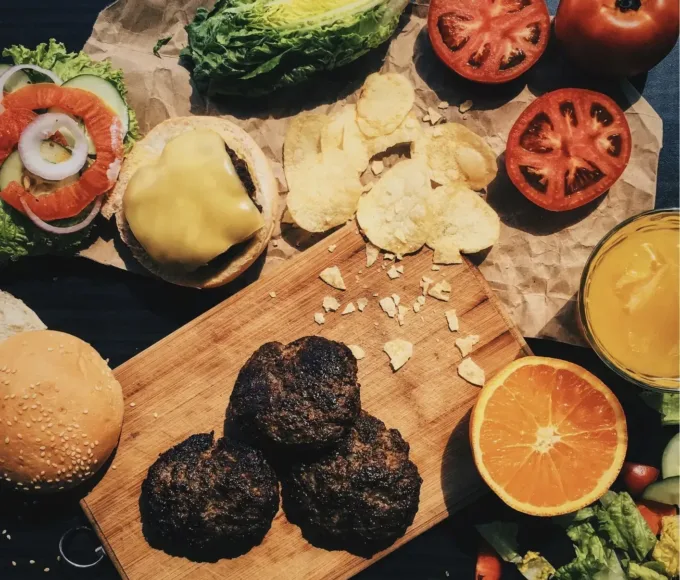
Raw, vegetarian, and/or vegan-friendly products are very popular, given these three diets are becoming more mainstream. Here we break down the differences between the three diets and analyse their uptake.
VEGETARIAN
Perhaps you’re already aware of the idea of a vegetarian diet. People following this eating habit do not eat any type of meat, including fish, beef, pork, and poultry. Though they still consume animal products, such as eggs, cheese, milk, yogurt, and honey.
There are several reasons why people follow a meat-free lifestyle. A key driver is the health benefits they could get through eating no, or less meat. Vegetarians aren't only driven by animal welfare, many people move to a vegetarian diet to lose weight and to become healthier. Another reason is the environment. As it requires more resources to produce meat than vegetables, more and more people favor consuming more greens over animal products.
VEGAN
Vegan meals are similar to vegetarian meals. The difference is they go further than just meat – excluding all products derived from any animal or insect. People on a vegan diet eat no meat, eggs, honey, milk, or other dairy products.
While it sounds difficult to maintain, this lifestyle choice is actually getting more popular. Some people are always on the lookout for vegan-friendly products, resulting in a rapid increase in demand for such goods.
A vegan diet includes all kinds of fruits and vegetables, grains, legumes, nuts, fermented products, and soy-based foods. Because of the restriction of such common ingredients (like eggs and dairy), cafés, restaurants and bakeries that cater to vegans (and promote the fact) have gained huge popularity. Especially when these producers create versions of foods that vegans have typically missed out on.
RAW
Unlike the vegetarian and vegan approaches, the raw food diet doesn’t require a person to eliminate the intake of animal-derived products, although given the lack of cooking it is most common that raw food will also be vegan friendly. A “raw foodist” could choose to eat meat or fish so long as they are unprocessed and cooked at temperatures not greater than 118 degrees Fahrenheit. The idea is that following a raw food eating habit is a good way to detoxify your system. This is because when the food is uncooked, your body will absorb all the enzymes, vitamins, and nutrients better.
Raw foodists have even claimed it is much healthier than a normal diet, given that it’s more of a plant-based food eating with little to no amounts of heavily-processed foods. Some examples of raw foods include fresh fruits and vegetables, beans, seeds, and nuts.
Sources: Ordermentum
Recent Posts
Related Articles
Choose the healthiest salt for your kitchen
Some salts are considered healthier than others, such as pink Himalayan salt...
June 19, 2023Benefits of chickpea flour and how to make it
Chickpea flour has been a staple in Indian cooking for centuries. Chickpeas...
June 19, 2023What is alkaline water?
You may have heard various health claims about alkaline water. Some say...
June 19, 2023Different methods of cooking
In cooking, there are some basic methods of cooking that are used....
June 19, 2023

























Leave a comment